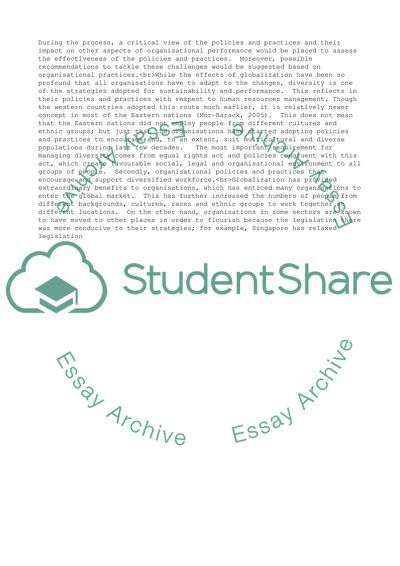Cite this document
(“Managing cultural diversity in the workplace environment of singapore Essay”, n.d.)
Managing cultural diversity in the workplace environment of singapore Essay. Retrieved from https://studentshare.org/business/1578515-managing-cultural-diversity-in-the-workplace-environment-of-singapore
Managing cultural diversity in the workplace environment of singapore Essay. Retrieved from https://studentshare.org/business/1578515-managing-cultural-diversity-in-the-workplace-environment-of-singapore
(Managing Cultural Diversity in the Workplace Environment of Singapore Essay)
Managing Cultural Diversity in the Workplace Environment of Singapore Essay. https://studentshare.org/business/1578515-managing-cultural-diversity-in-the-workplace-environment-of-singapore.
Managing Cultural Diversity in the Workplace Environment of Singapore Essay. https://studentshare.org/business/1578515-managing-cultural-diversity-in-the-workplace-environment-of-singapore.
“Managing Cultural Diversity in the Workplace Environment of Singapore Essay”, n.d. https://studentshare.org/business/1578515-managing-cultural-diversity-in-the-workplace-environment-of-singapore.


